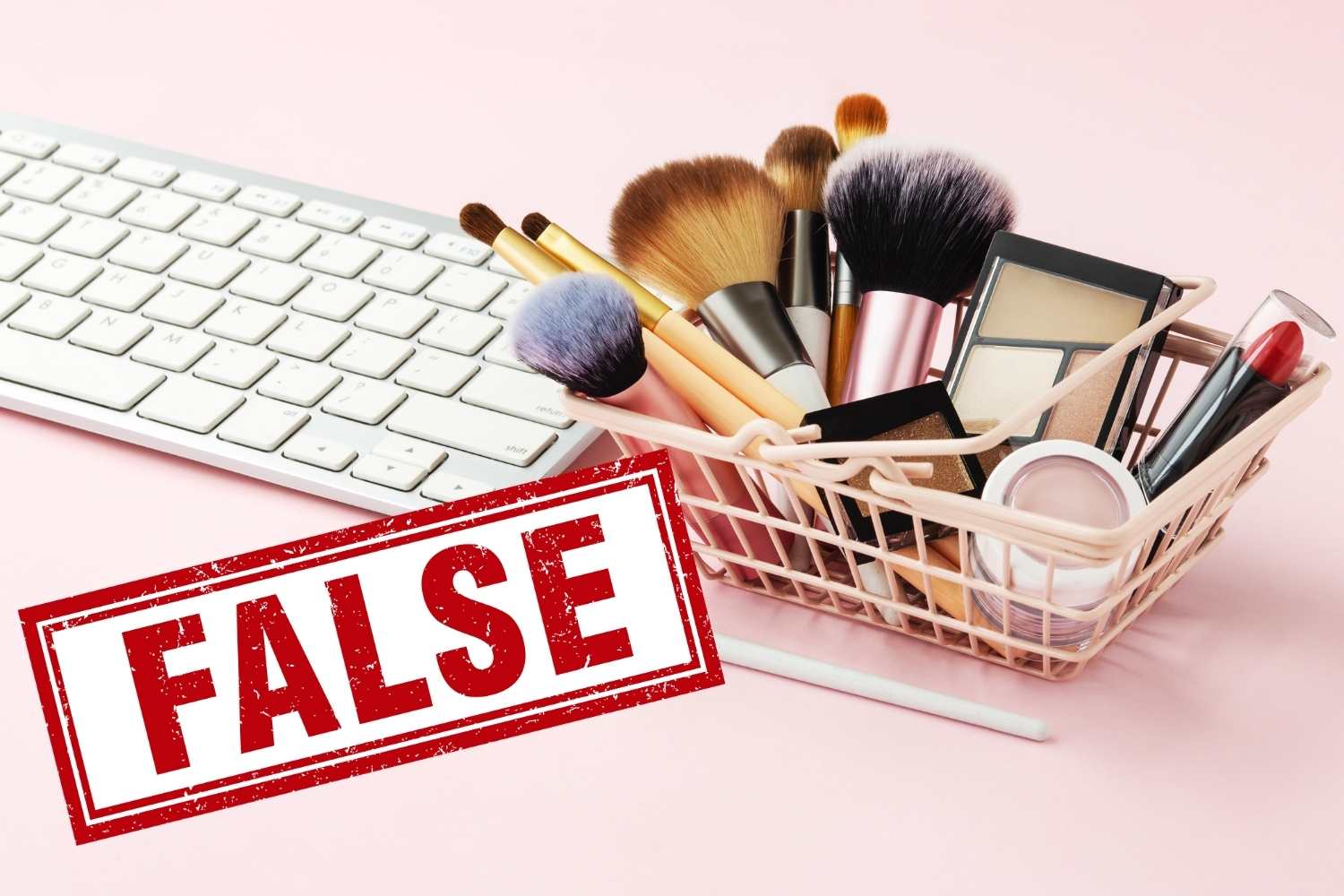A Which? probe found 67% of “branded” cosmetics from third-party sellers on Amazon, eBay, TikTok Shop, and Vinted were likely fake, posing real health risks. Platforms promise action, but gaps remain. US faces similar issues under MoCRA enforcement.

A familiar routine: we scroll, we compare, we skim thousands of reassuring reviews on Amazon, Vinted, eBay, or TikTok Shop—and we click Buy Now. It feels safe. But is it? A new probe by Which?, the UK’s leading consumer group, says not always—and the findings are ugly.
In June 2025, Which? researchers bought 34 skincare and makeup products from high-volume third-party sellers on Amazon, eBay, TikTok Shop, and Vinted. These items were advertised as coming from big-name brands—Charlotte Tilbury, La Roche-Posay, Maybelline, The Ordinary, MAC. After side-by-side checks against genuine samples, 23 out of 34—about two-thirds—looked likely counterfeit: 4 of 11 from Amazon, 8 of 11 from eBay, 5 of 6 from TikTok Shop, and 6 of 6 from Vinted. Packaging quirks, misspelled text, smeared logos, off smells, and weird textures told on them. (Which?, TheIndustry.beauty, Retail Systems)
Rocio Concha, Which?’s Director of Policy, didn’t mince words:
“Consumers should be as confident in the products they buy online as the items they purchase on the high street, but in reality they risk buying untested, unregulated and potentially toxic cosmetics. Authorities must take decisive action to stop these products entering people’s homes, yet limited resources and competing priorities mean counterfeiting investigations are losing ground in many areas. Government should require online marketplaces to enforce clear obligations that prevent counterfeit sales and move urgently on the reforms needed to make our consumer protection system fit for the 21st century.”
Why this matters for your skin
Counterfeit cosmetics aren’t just knock-offs with janky labels. According to the UK’s Intellectual Property Office and the Anti-Counterfeiting Group, seized fakes have tested positive for toxic heavy metals like lead, arsenic, and mercury, and—brace yourself—rodent urine and horse feces used as “stabilizers.” That’s not a beauty routine; that’s a health hazard. (GOV.UK, CTPA, website, Securing Industry)
Dermatologist Aamna Adel, speaking to Which?, added that even when counterfeits sneak in seemingly “active” ingredients such as retinol, the formulations are uncontrolled, raising the risk of irritation, infections, and chemical burns.
The fakes are getting smarter
Some items looked almost perfect until you had the real thing in hand. A Charlotte Tilbury setting spray bought on Amazon seemed legit—until the floral scent and odd texture gave it away. A MAC lipstick sourced on Vinted carried a smudged logo and a slightly off consistency. Other misfires were less subtle: blatant typos, no safety labels, pump mechanisms that didn’t work, and liquids with the wrong color entirely. (When you’re paying **about $13 (£10) for a cult product that usually costs more, that’s a red flag all by itself.)
Who’s getting hit
Which? found the most faked names were also the most loved: Charlotte Tilbury, La Roche-Posay, Maybelline, The Ordinary, and MAC. Popularity plus social-media hype equals prime targets for counterfeiters. In the low-cost bracket, The Ordinary stood out: two eBay listings had 2,600+ sales, and nearly 1,000 units moved on TikTok Shop—volume that suggests big profits, even when the **sticker price hovers around $13 (£10) per item. (Which?, TheIndustry.beauty)
How the platforms and brands answered
The marketplaces stressed their enforcement efforts. Amazon cited a “zero-tolerance policy” for counterfeits and said it removes listings and bad actors quickly, noting that several offers flagged by Which? were pulled mid-investigation. eBay said it blocks millions of counterfeit items annually using tech and trained investigators, and suspends sellers when necessary. TikTok Shop pointed to the millions of listings it removed in the second half of last year for policy violations. Vinted acknowledged the counterfeiting challenge in beauty and said it’s rolled out safeguards and encourages reporting of suspicious accounts. L’Oréal Groupe—owner of CeraVe, La Roche-Posay, Maybelline, L’Oréal—said: “We take the threat of counterfeit products extremely seriously and are committed to protecting consumers’ health and safety,” noting work with international law enforcement. MAC referred Which? to its anti-counterfeit page, while Charlotte Tilbury and The Ordinary didn’t respond. (Which?, TheIndustry.beauty)
Is there a similar problem in the united states?
Short answer: yes—and regulators are tightening the screws. The US FDA expanded oversight under MoCRA, pushing registration and product listing rules for cosmetics, and legal and consulting analyses note a surge to hundreds of thousands of FDA cosmetic product listings post-MoCRA. Enforcement has also ramped up against counterfeit health and beauty goods, with regulators and customs agencies seizing suspect shipments. The FDA’s spring 2025 seizure notice about counterfeit Ozempic isn’t cosmetics, but it’s a crystal-clear example of how sophisticated counterfeit supply chains have become across health-adjacent categories. Major US marketplaces have also rolled out stricter seller compliance (see Walmart’s prohibitions and recent crackdowns). Translation: the US faces the same marketplace vulnerabilities, and authorities are actively trying to close those gaps. (skadden.com, U.S. Food and Drug Administration, Walmart Marketplace Learn, The Sun)
What you can realistically do
Until enforcement fully catches up, adopt defensive shopping habits. Buy direct from the brand or verified retailers whenever you can. Be suspicious of viral, sold-out, or unusually cheap listings. Read reviews with a skeptic’s eye—patterns of identical wording or new accounts with explosive sales are warning signs. Check who’s shipping the item and from where. And when it arrives, inspect the box: fonts, seals, batch codes, scent, texture. If anything is off, don’t put it on your skin.
The bottom line? Counterfeit beauty is a public-health problem dressed up as a bargain. The Which? probe shows that current measures aren’t enough to stem the flow—so shop smart and keep your guard up. (Which?)
Source: Which?
